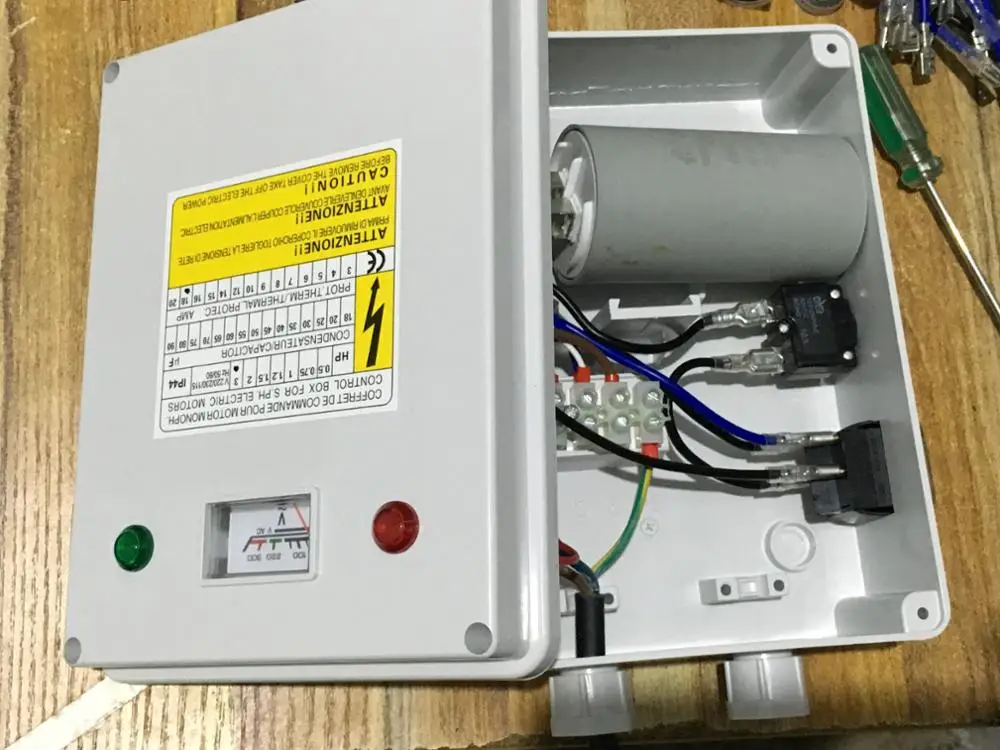

Its main drawback is that the output is small - an output proportional to the volume of the largest coil being moved each revolution. The spiral pump, if fitted with a suitable rotating seal, can deliver water to a greater height than the coil pump, typically 5-10m, above their discharge opening. The Archimedean screw must be tilted at an angle. Unlike the Archimedean screw, it can pump while horizontal. Based on the same principle as the Archimedean screw, it consists of a rotating tube or plane (screw) to move a liquid. The spiral pump, as many low lift pumps, is commonly used for irrigation purposes and for drainage of lands. Due to this rotation, water is picked up by the outer cavity and pumped upwards in the hose.

The outlet pipe is fixed to a water wheel, engine or animal which is capable of rotating the pump quickly. A coiled plastic tube will suffice for this arrangement.

The outer cavity serves as the inlet, while the inner (partial) tube serves as the outlet. This makes it unsuitable for water drainage or irrigation over larger height differences or many other pumping applications besides drainage and irrigation.Ī spiral pump, sometimes called a Wirtz pump, is a low lift pump which is composed of a long piece of metal plating, which is wound into a coil and sealed at the top and back extremities so as to resemble a cylinder. However, as mentioned before, the pump only allows the lifting of water over a small height. This is possible as all the components can be built from local resources as metal which can be obtained and cast into the desired form easily. Despite the emergence of new pumps that operate on other principles, the coil pump remains an important tool as some of it other benefits are that they can be built and repaired easily at a very low cost. The coil pump, if fitted with a suitable rotating seal, can deliver water to a greater height, typically 5-10m, above their discharge opening. Unlike the Archimedean screw, it can run horizontally while the Archimedean screw is tilted at about 30°. The coil pump was built as an alternative to the Archimedean screw. It is currently still used by farmers in Asia. The coil pump, as many low lift pumps, is commonly used for irrigation purposes and for drainage of lands.

Due to the rotation, water is then picked up by the tube and pumped upwards in the hose. This will purify mostly fresh water, and the treatment of largely contaminated water refer endlessly to pumping.Ī coil pump is a low lift pump which is composed of a tube, shaped as a coil and mounted on a rotating axle powered by an engine or an animal capable of turning the axle around rapidly. A fresh water source in a lower stream, river, pond, or lake is often pumped to higher ground for irrigation, livestock, cooking, cleaning or other uses by humans, who quite naturally need fresh water. In day-to-day situations, available water is often contaminated, unhealthy, or even naturally poisonous, so that it is necessary to pump potable water from lower levels to higher levels, where it can be of use. In all other instances, pumps are necessary. A useful aqueduct system ultimately depends on a fresh water source existing at a higher elevation than the location where the water can be of use. Thus, as water moves over great distances, it retains a larger component of its potential energy by spending small portions of this energy flowing down a slight gradation. The ancient concept of the aqueduct took simple and eloquent advantage of maintaining elevation of water for as long and far a distance as possible. All other processes depend or benefit either from water descending from a higher elevation or some pressurized plumbing system. Regardless of the outcome, the energy required to pump water is an extremely demanding component of water consumption. This is true whether the water is drawn from a fresh source, moved to a needed location, purified, or used for irrigation, washing, or sewage treatment, or for evacuating water from an undesirable location. The pumping of water is a basic and practical technique, far more practical than scooping it up with one's hands or lifting it in a hand-held bucket.


 0 kommentar(er)
0 kommentar(er)
